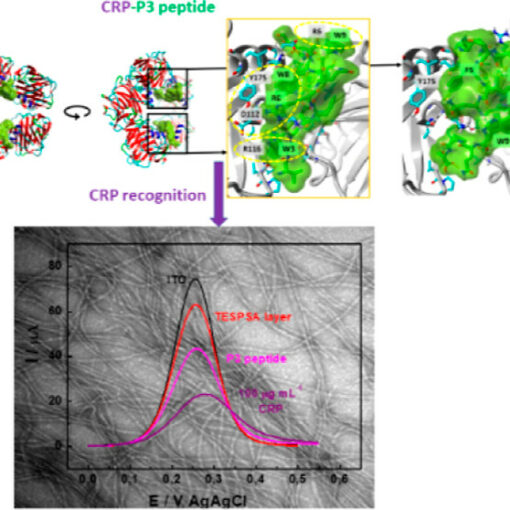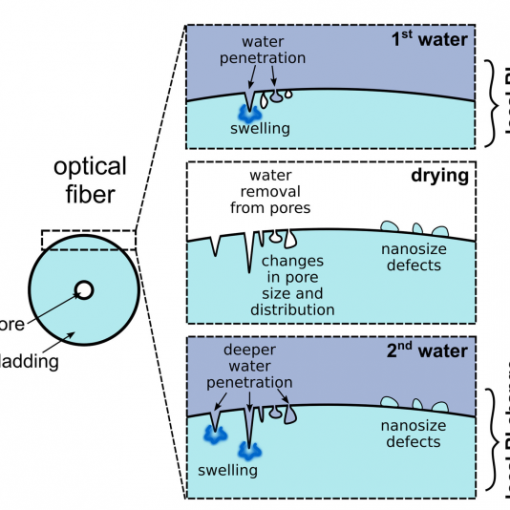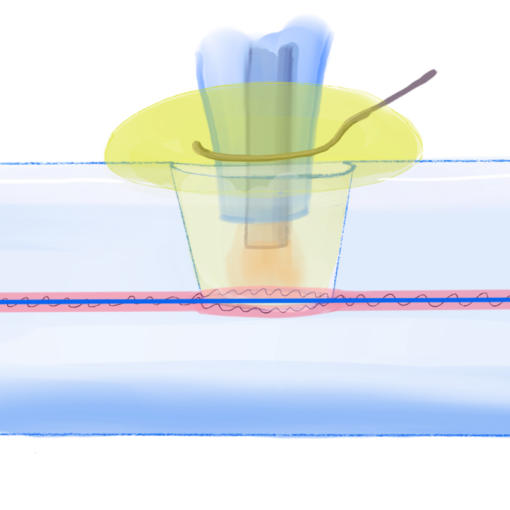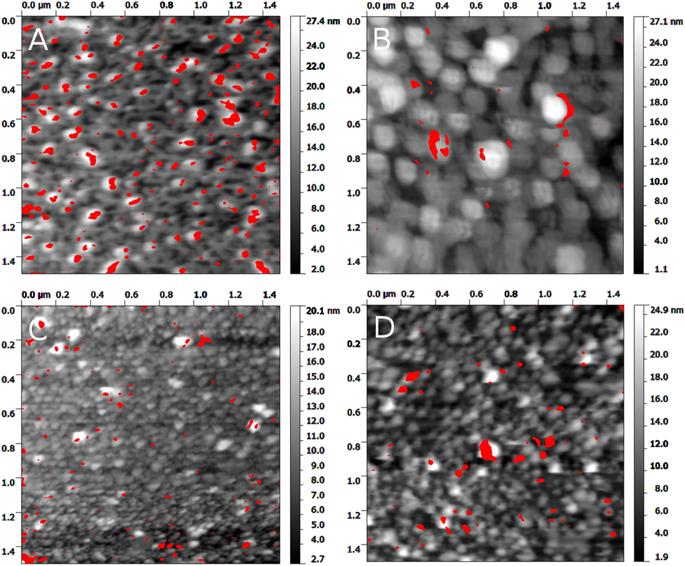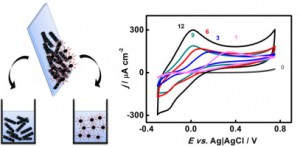 It took some time, but finally, in a paper in Electrochimica Acta, results from Marcin’s master thesis were published. In this paper a layer-by-layer method is used to create an electrode with carbon nanoparticles and carbon nanotubes with opposite charges.
It took some time, but finally, in a paper in Electrochimica Acta, results from Marcin’s master thesis were published. In this paper a layer-by-layer method is used to create an electrode with carbon nanoparticles and carbon nanotubes with opposite charges.
The electrode was then used for detection of thiocholine at a relatively low potential. The reason for wanting to make a thiocholine detector is that it is one part of a detection system for organophosphate pesticides. These pesticides inhibit the enzyme acetylcholinesterase (AChE). As a means to measure the presence of pesticides one can look at how the hydrolysis of acetylthiocholine chloride to produce thiocholine by AChE is inhibited by the pesticide. Therefore a good detection system for thiocholine is useful.

